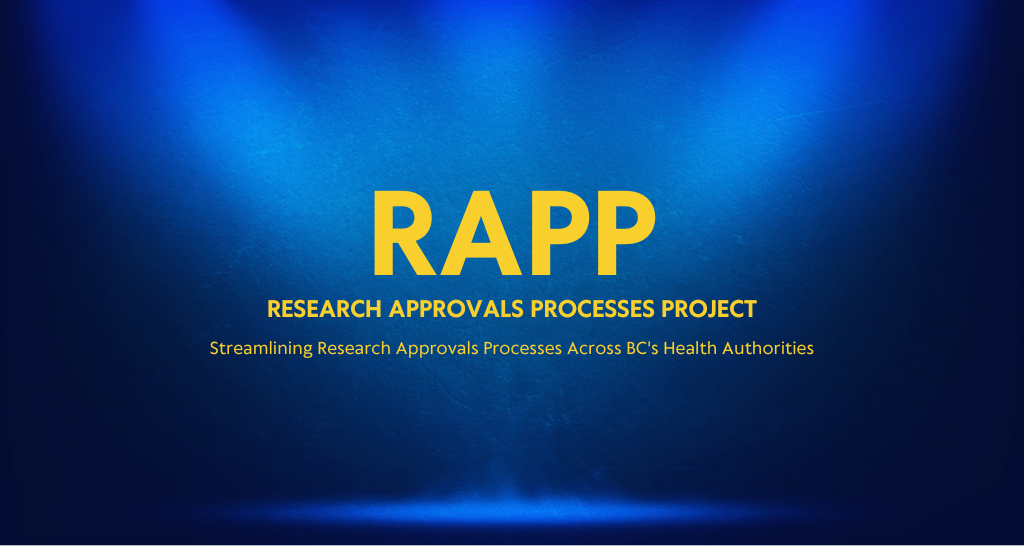Regulatory update: quality and risk management in clinical trials – the next wave
26 April 2021

By Jean Smart, RAC
A Risk-Based approach to clinical trials was incorporated within the addendum to the International Council for Harmonization (ICH) Guideline for ‘Good Clinical Practice’ (ICH-GCP E6R2 November 2016 ) under the principle of quality management and sponsor oversight. As part of the overall ICH renovation of clinical trials, the long-awaited ICH-GCP Guideline ‘General Considerations in Clinical Trials’ (E8R1), know internationally as the foundational clinical trials document and nicknamed ‘E0’, will take quality and risk management even further.
QUALITY IS NOW IN THE FRONT. IT IS THE INCOMING WAVE.
These two documents together take the subject of quality and risk management to the next level. The critical quality factors outlined in E8R1 support the risk management process outlined in E6. The critical quality factors are considered to be critical because, if their integrity were to be undermined by errors of design or conduct at the site level, the reliability or ethics of decision-making would also be undermined. Many of the critical to quality factors may be identified as core elements in the Sponsor level and/or Site level Risk Management and Quality Plans.
E8R1 goes further with a requirement for Clinical Study Reports to provide a description of the performed risk assessment and quality management approach as well as a description of important deviations from the pre-defined quality standards.
Regulatory Inspectors and Auditors internationally, base their compliance evaluations on the ICH-GCP guidelines. Health Canada’s Guidance 0100, written by their inspectorate, provides us an idea of what they consider the risk expectations to be from both the sponsor and investigator site levels. The expectations are now quite clear from all regulatory authorities as shown in the Clinical Trials Global Compliance Report 2020. Observations related to missing Quality Systems has for two decades been a top three observation globally. In the past two years missing Risk Management and Quality Plans surfaced in the fifteenth and eleventh place following the draft release of E8R1.
The Health Canada inspectorate was renamed Regulatory Operations and Enforcement Branch (ROEB) in 2019. The ROEB inspects for quality and risk related content in clinical trials across product lines.
Each clinical study should have a corresponding quality management system, comprised of subsystems and processes throughout the product lifecycle and certainly the trial lifecycle from its design, conduct, analysis and report to its archiving process. These requirements are legal requirements in regulatory authorities and is a governing principle of good clinical practice.
The research team is now involved in the development of Risk Management Plans at the site level. It is a process that is continuous and not just an exercise conducted during study development or initial study implementation at the site. For a successful implementation of a risk-based quality management approach for your trial, take the following steps in accordance with good clinical practice.
THE SEVEN BASIC STEPS FOR THE IMPLEMENTATION OF A RISK-BASED QUALITY MANAGEMENT APPROACH
Step 1: Identification of Critical Processes and Data
It is necessary to initially review and analyze the characteristics and features of your site, notable special components of the trial protocol, participant population, product. This helps to identify “critical” parameters and procedures in your study to ensure the safety of your participants and the reliability of your site and study results.
Step 2: Identification of Risks
Next you analyze their potential risks for the study participants and the validity of your data. Risk relevant aspects can depend on properties of the recorded data, on specific activities or collection methods and on specialties related to your study participants.
Step 3: Evaluation of Risks
You evaluate the Risks looking at the likelihood of their occurrence, their impact and the probability of detecting the risk or damage.
Step 4: Risk Control
You next decide which risks are acceptable, and which risks require a controlling procedure. You determine the point where the risk is still acceptable versus not. Preventative actions are put in place and Corrective Actions are planned, in order to reduce or eliminate the hazard if it comes up.
The preventative actions are noted in the following documents: the protocol, the monitoring plan, contractual agreements (functions and responsibilities), delegation log, the training plan and in the Risk Management Plan. If there are risks that exceed the acceptable level, the process leads to the immediate need for corrective actions.
Step 5: Risk Communication
Always make sure to continuously document and communicate all risk-based quality management related activities. Only then you can guarantee that common established processes and a risk culture will facilitate the smooth conduct of your study.
Step 6: Risk Review
It is important to continuously review and evaluate your identified risks. During the course of the trial, new risks might arise, other risks might become less relevant or might need an adaptation of their risk acceptance level (higher or lower).
Step 7: Reporting
The Clinical Study report describes the specifically performed quality management approach and clarify the rational for important deviations or changes and to the risk controls.
At the five-year mark in the overall clinical trial renovation, most Institutions and sites are well on their way in their development plans for the implementation of risk-based quality management along with the establishment phase of quality management systems (QMS).
Clinical Trials BC supports quality development planning and implementation for institutions and programs throughout BC with it’s established Quality and Risk Management Programs. Clinical Trials BC recently updated and released version 5 of their QMS program. There are many other resources, tools and templates available to help sites and institutions with quality processes. We invite sites and programs to attend our free Risk Management workshops to help get you started with understanding the processes and to assist with the identification of the risk indicators and critical quality factors associated with your site and clinical trials.
The E8R1 Draft document has already undergone an extensive public consultation process and has been endorsed by the assigned ICH Working Group. The final version of the guideline is expected to be approved in June 2021. Quality requirements are no longer far off on the horizon.
Are you ready for the next wave?
Clinical Trials BC will host another series of their established Risk Management Workshops & accompanying E8R1 Workshop in the Fall of 2021. Year-round support for QMS planning and implementation at institutions in available.
REFERENCES
Consultation document: Risk proportionate approaches in clinical trials. Recommendations of the expert group on clinical trials for the implementation of Regulation (EU) No. 536/2014 on clinical trials on medicinal products for human use. April 14, 2017.
Clinical Trials Global Compliance Report 2020, Summary Site Findings Listing, Version 16, University of Geneva Press, October 14, 2020. Used with Permission.
European Clinical Research Infrastructures Network Integrating Activity: Guideline on risk management for clinical research Version 1.0, 16/02/2015
ICH Harmonised Guideline E6(R2), Integrated Addendum to ICH E6(R1): Guideline for Good Clinical Practice ICH, ICH Guideline, November 2016
ICH Harmonised Guideline E8(R1), Addendum to ICH E8 General Considerations in Clinical Trials, ICH Guideline – Draft – May 8, 2019.
ICH Harmonized Guideline Q9 – Quality Risk Management, ICH Harmonised Tripartite Guideline, 2005
Oversight of Clinical Investigations – A Risk-Based Approach to Monitoring, Food and Drug Administration (FDA), 2013
Reflection paper on risk-based quality management in clinical trials, EMA/269011/2013, 18 November 2013
Regulation (EU) No. 536/2014 of the European Parliament and of the Council of 16 April 2014 on clinical trials on medicinal products for human use, and repealing Directive 2001/20/EC
TransCelerate BioPharma Inc.: Position Paper: Risk-Based Monitoring Methodology, 2013





